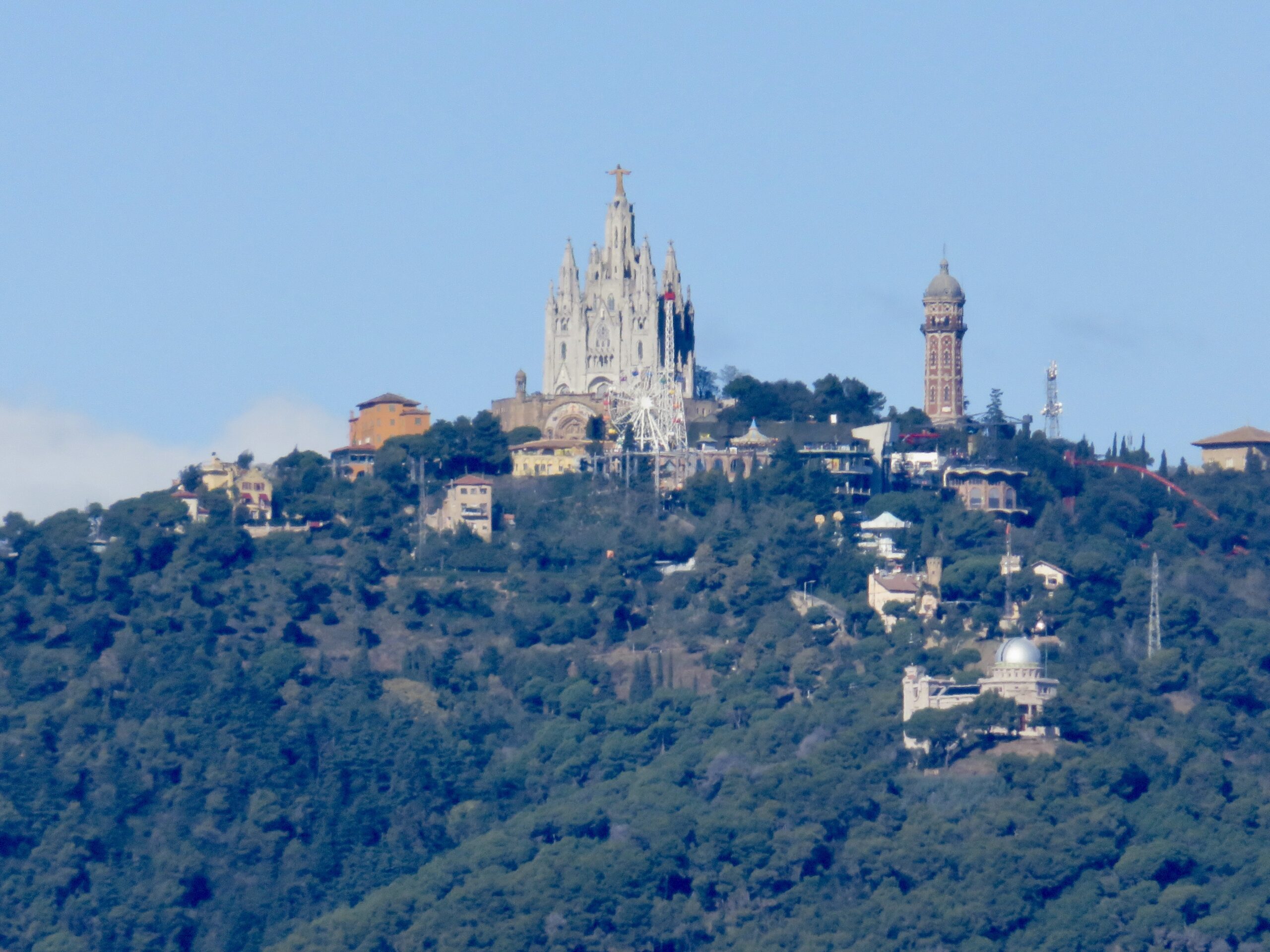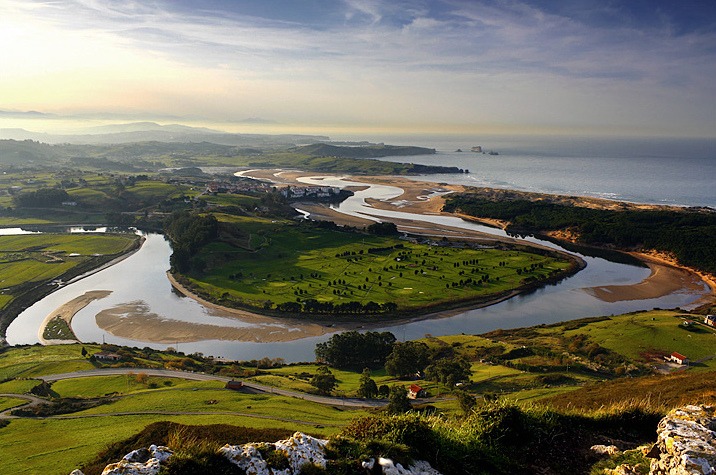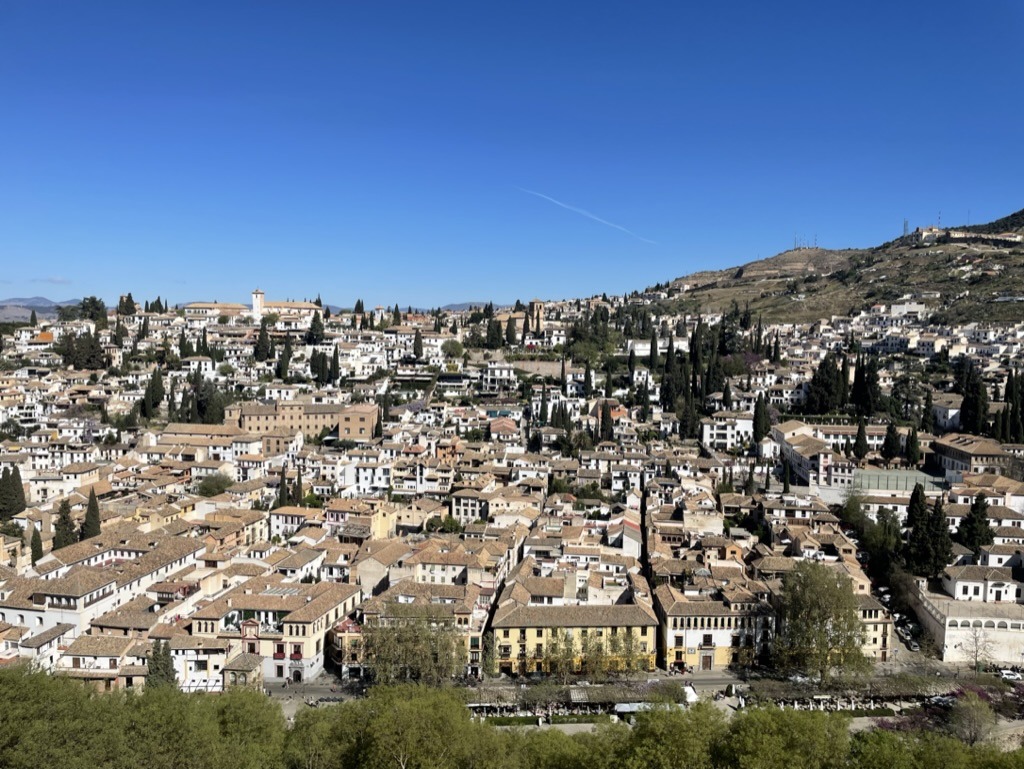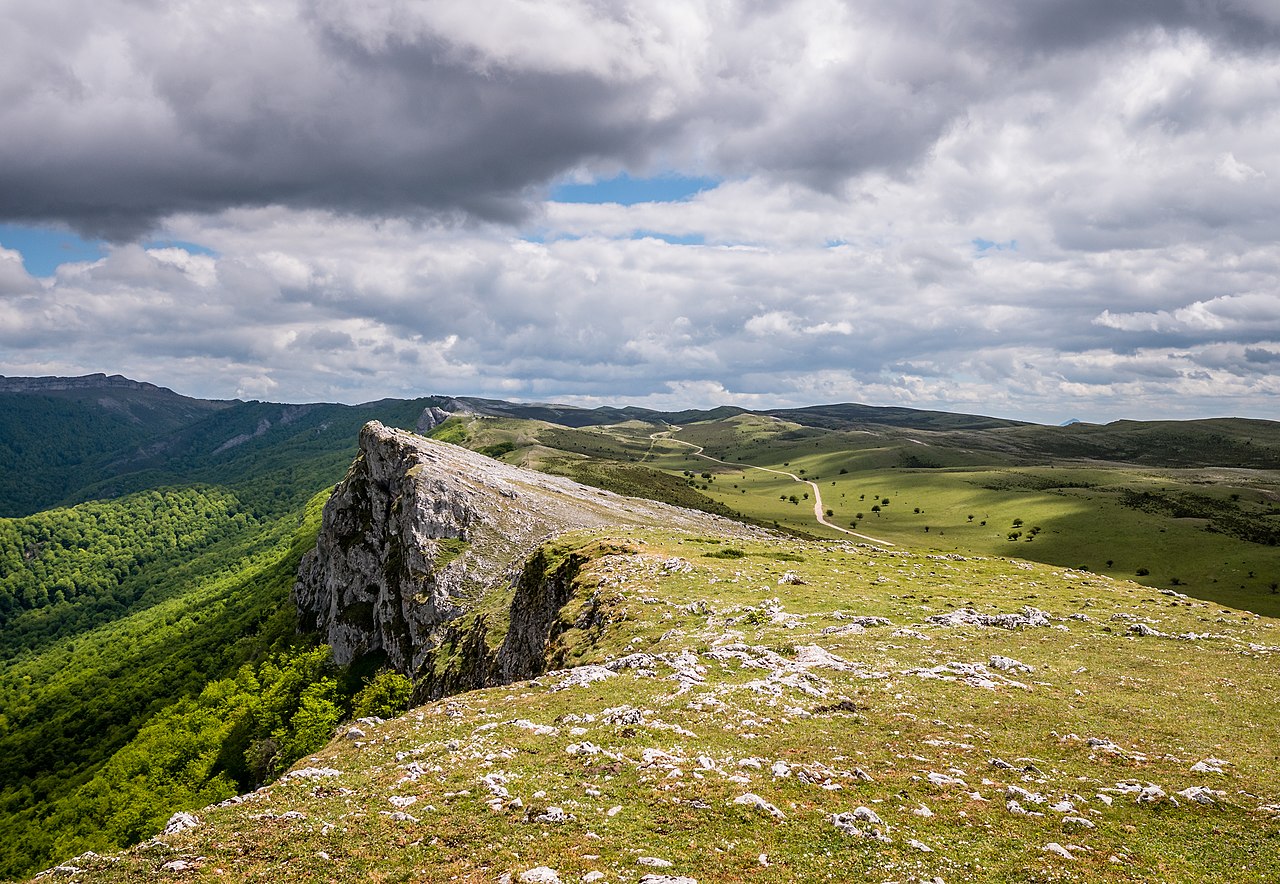Catalonia enchants visitors with its stunning landscapes, rich cultural heritage, and delicious cuisine. Whether you’re exploring vibrant cities, relaxing on beautiful beaches, or savoring local dishes, Catalonia offers a memorable and enriching travel experience.
Getting There and Around
Catalonia, located in northeastern Spain, is a diverse region with bustling cities, scenic coastlines, and mountainous landscapes. The main gateway is Barcelona-El Prat Airport, offering numerous international flights. Girona-Costa Brava and Reus Airports also serve the region. Catalonia has an extensive rail network, including high-speed AVE trains connecting major cities like Barcelona, Girona, Tarragona, and Lleida to Madrid and other parts of Spain. Buses and car rentals are convenient options for exploring rural areas and smaller towns. Public transportation within cities is efficient, with Barcelona boasting a comprehensive metro, bus, and tram system.
Top Attractions
- Sagrada Família (Barcelona): This iconic basilica, designed by Antoni Gaudí, is a masterpiece of modernist architecture and a symbol of Barcelona. It’s a must-see for its stunning design and intricate details.
- Park Güell (Barcelona): Another Gaudí creation, this public park features colorful mosaics, whimsical structures, and panoramic views of Barcelona.
- Girona’s Old Town: Known for its well-preserved medieval architecture, narrow streets, and the beautiful Cathedral of Girona. The city’s Jewish Quarter is one of the best-preserved in Europe.
- Montserrat: A stunning mountain range and spiritual site featuring a Benedictine monastery. The views from the mountain and the basilica’s Black Madonna are highlights.
- Costa Brava: A picturesque coastline with beautiful beaches, charming seaside towns like Tossa de Mar and Cadaqués, and crystal-clear waters. It’s perfect for relaxing, swimming, and exploring coves.
- Roman Tarragona: The city of Tarragona boasts impressive Roman ruins, including an amphitheater, a circus, and ancient walls. The Tarragona Archaeological Museum is also worth a visit.
Culture and Cuisine
Catalonia has a rich cultural heritage, with influences from Roman, Visigothic, and Catalan traditions. The region is known for its vibrant festivals, including La Mercè in Barcelona, which celebrates the city’s patron saint with parades, concerts, and fireworks, and the Castells, human tower-building events that showcase Catalonia’s unique tradition.
Catalan cuisine is diverse and flavorful, emphasizing fresh, local ingredients. Must-try dishes include pa amb tomàquet (bread with tomato), escalivada (grilled vegetables), and fideuà (a seafood dish similar to paella but made with noodles). The region is also famous for its cava, a sparkling wine, and the wines from the Priorat and Penedès regions. Don’t miss trying crema catalana, a rich custard dessert.
Shopping
For shopping enthusiasts, Barcelona offers a wide range of options, from high-end fashion boutiques on Passeig de Gràcia to local artisan shops in the Gothic Quarter. Girona and Tarragona also have charming shopping districts with local crafts and products. Traditional Catalan products such as ceramics, textiles, and wines make for excellent souvenirs. Local markets, like La Boqueria in Barcelona, are great places to buy fresh produce, local delicacies, and artisanal goods.
Day Trips
Catalonia’s diverse landscape and rich history make it ideal for day trips:
- Sitges: A seaside town known for its beautiful beaches, vibrant nightlife, and cultural festivals. It’s a popular destination for both relaxation and partying.
- Figueres: Home to the Dalí Theatre-Museum, which houses a vast collection of works by surrealist artist Salvador Dalí. The town itself is charming and worth exploring.
- Besalú: A medieval town with a stunning Romanesque bridge, cobbled streets, and historic buildings. It’s a picturesque destination for a leisurely day trip.
Practical Tips
- Best Time to Visit: Spring (April to June) and Fall (September to November) offer mild weather and fewer tourists. Summers can be hot and crowded, especially along the coast, while winters are mild but quieter.
- Language: Catalan and Spanish are the official languages. While English is widely spoken in tourist areas, learning some basic Catalan or Spanish phrases can enhance your experience and interactions with locals.
- Safety: Catalonia is generally safe, but as with any tourist destination, be mindful of your belongings in crowded areas and tourist sites to avoid pickpocketing.





